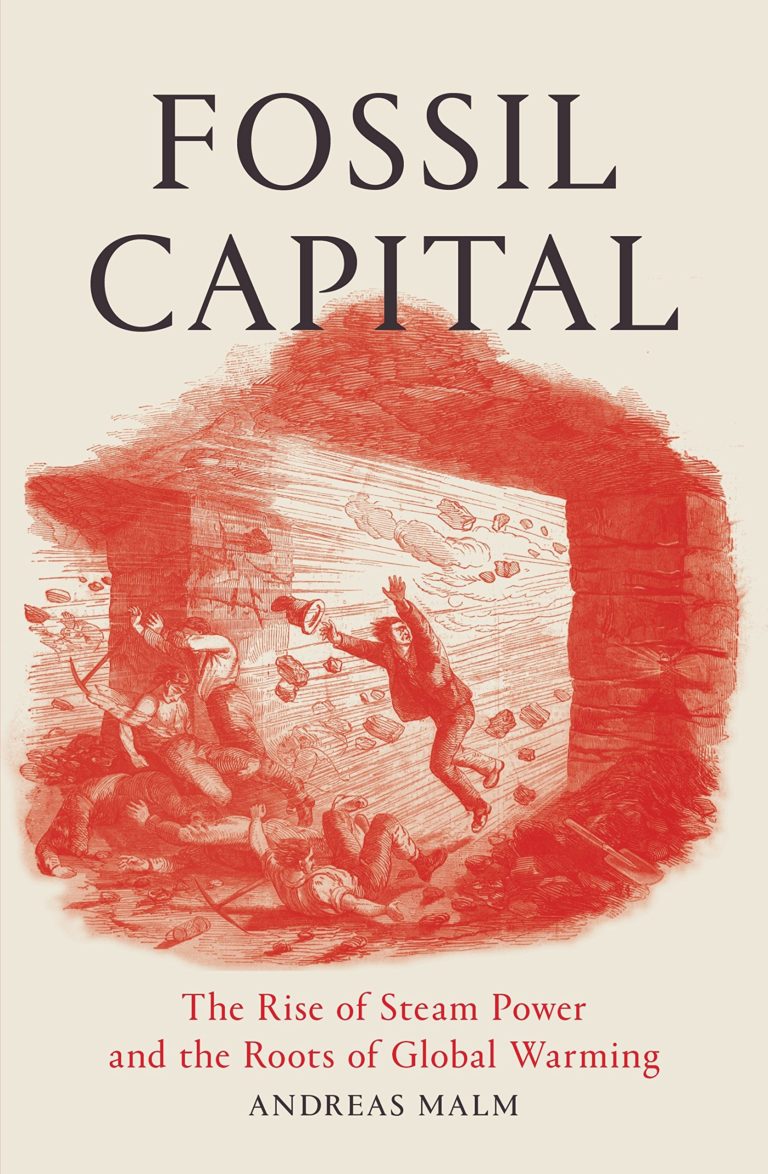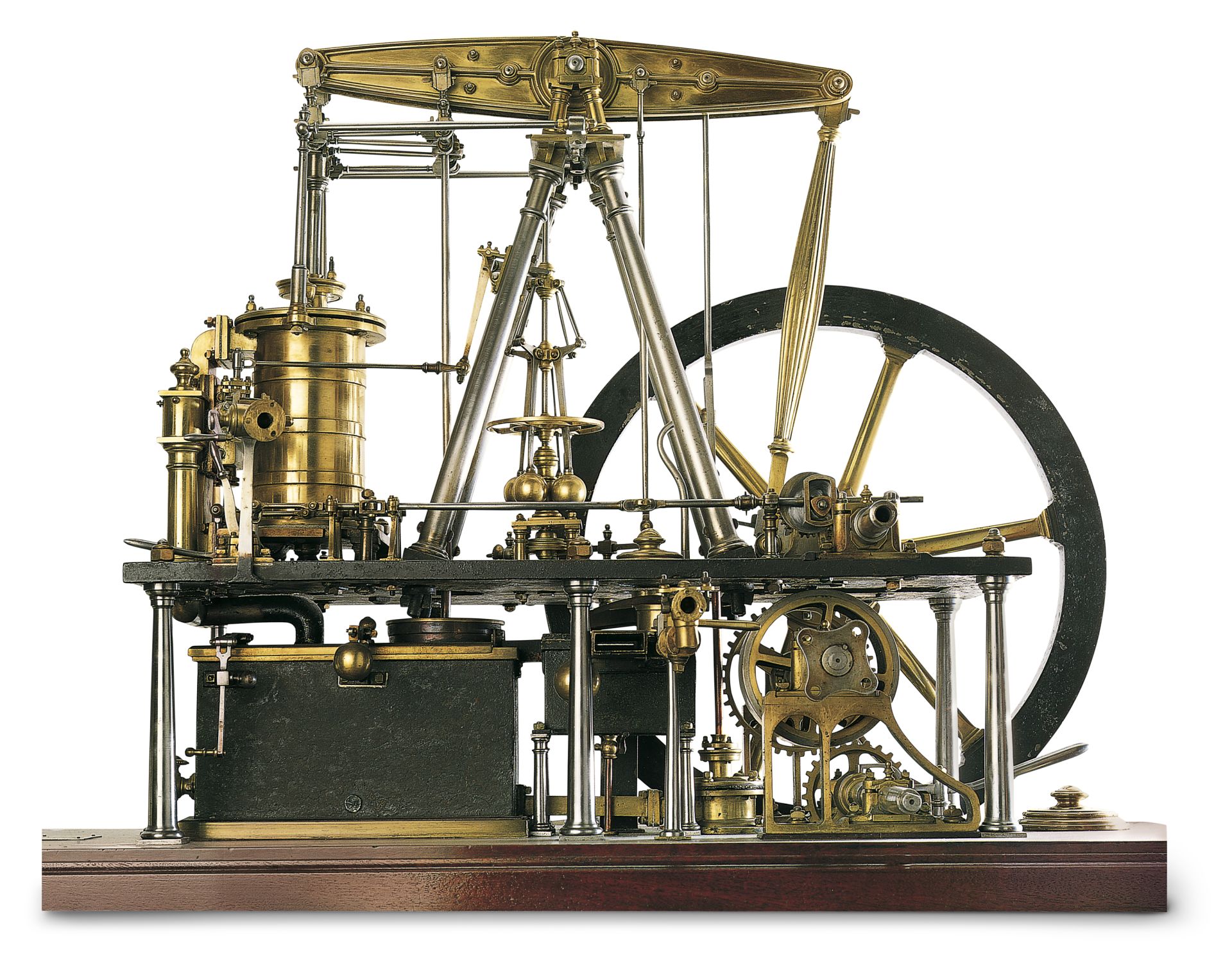


The steam-engine is the emblematic productive force of industrial capitalism, perceived by one brand of classical Marxism as the progenitor of capital. Meanwhile, steam-engines stood ready to revolve at any time of the day and could be speeded up at will: advantages highly cherished by manufacturers when the labour movement cut the working-day to ten hours.

Restrictions on working-hours put an end to such practices. Up to the 1830s, proprietors of water-mills possessed a simple method for evening out such irregularities: when the current returned in full force, the operatives would work overtime until losses were regained. Currents of water were subject to fluctuations in the weather. The flow of water was integrated in the landscape and could only be used on the spot, but the stock of coal was brought up from the underground and then circulated on the market, allowing manufacturers to congregate in the growing towns. Steam-power, on the other hand, offered a unique freedom to locate factories where production would be most profitable – above all, among dense supplies of labour-power.

Massive water reservoir schemes, by which the resources of Britain’s rivers would be more fully and efficiently exploited, were floated in the years of the transition, but the cotton manufacturers failed to unite behind their architects: they could not stand the co-operation and collective planning required to benefit from the flow. But a wide range of primary sources from the time suggest that the critical step from water to steam occurred in spite of water being an abundant and consistently cheaper alternative. In line with Ricardian and Malthusian thought, is often argued that the turn to coal in the Industrial Revolution was motivated by a scarcity of energy. Before steam, up to the second quarter of the nineteenth century, British cotton manufacturers used water as their source of mechanical energy – so why did they shift from the one to the other? By examining the causes of the original transition from water to steam, we might come closer to an understanding of the mechanisms igniting – and perhaps still fuelling – the process now known as ‘business-as-usual’. It happened in Britain the cotton industry led the way. With the adoption of the steam-engine, fossil energy was first coupled to a process of self-sustaining growth, the new prime mover using coal to impel machines for commodity production. How did we get caught up in this mess? This thesis returns to a crucial moment in the emergence of the fossil economy: the rise of steam-power. The more we know about the catastrophic implications of climate change, the more fossil fuels are burnt in the world.


 0 kommentar(er)
0 kommentar(er)
